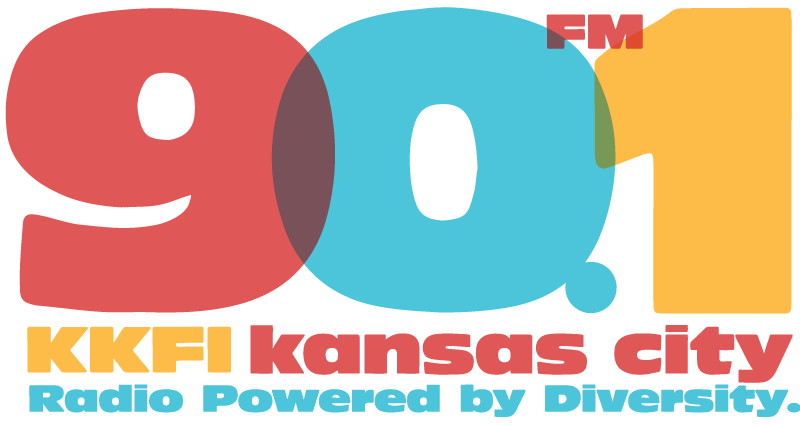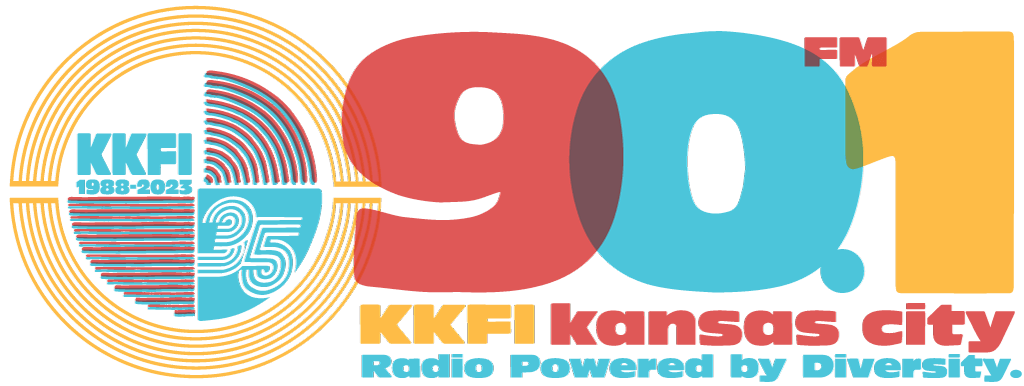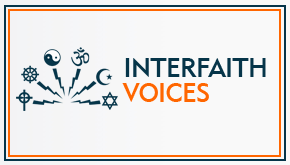This week we look at the sacred sounds people of faith made under the COVID-19 pandemic and what those sounds — music, prayer, chants, songs — tell us about the way we may do religion in the future.
A Tiny Thing We Cannot See: The Songs of COVID-19
The pandemic has prompted composers to create new sacred music of all kinds — hymns, liturgical music, prayers, praise music, and more. These are not limited to one religion but have cropped up in Jewish, Hindu, Buddhist, Catholic, and Protestant circles. We talk with composers, lyricists, and more to learn what inspires them to write religious music about COVID-19 and how that music can be used for both worship and healing. We speak with Rae Whitney, a 94-year-old hymn-writer about her latest COVID composition, “A Tiny Thing We Cannot See,” and with Amanda Udis-Kessler, about her hymn, “Jesus the Essential Worker.” Solomon Hoffman, a rabbinical student, and hospital chaplain, describes his composition, “Harofei,” Hebrew for “the one who heals” and Brian Hehn, Director of The Center for Congregational Song identifies COVID music trends.
Harofei: The One Who Heals
We talk to Solomon Hoffman, a rabbinical student and composer, and Keely Garfield, a Buddhist and director of a dance company. The pair were training to become chaplains in New York City hospitals at the height of the COVID pandemic last year when they collaborated on a piece of music, dance, and song called “Harofei,” Hebrew for “the one who heals.” The result is a video performance that involved scores of people across the world and religious traditions and stands as a memorial to the victims of COVID.
When Judaism Meets Goodnight Moon: The American Religious Sounds Project
Professors Amy DeRogatis and Isaac Weiner were collecting recordings of traditional religious practices when COVID struck. They had to quickly pivot their work, called the American Religious Sounds Project, a joint venture between The Ohio State University and Michigan State University, to life under lockdown. They have amassed a library of 150 to 200 recordings of religious life under COVID that includes Buddhists chanting as pots and pans bang to thank essential workers, babies babbling as imams try to preach, and a Wiccan coven trying to recreate a ceremony in their homes that they usually perform in community. DeRogatis and Weiner describe what the recordings they have collected tell them about how religious practices may be changed in the long term by COVID.



